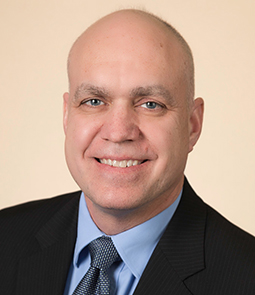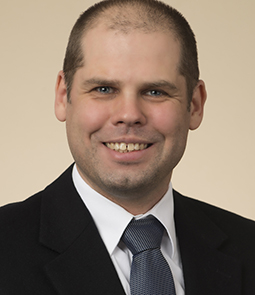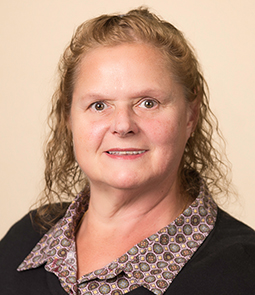If you’re living with back or neck pain, we’re here to help with spine care navigators. You’ll work with a real person who gets to know you, explains all your treatment options and personally guides you to the care you need. They’re just a phone call or click away, ready to help you take the next step toward relief from back or neck pain.
Physiatry and pain management
Prevea's pain management physicians and providers can help reduce pain, strengthen muscles and restore mobility.


Meet our physicians and providers

James Kribs, DO
Neuromusculoskeletal and Pain Physician

John Koch, MD
Physiatrist

Brett Malo, MD
Physiatrist

John Peters, MD
Physiatrist

William VanDorp, MD
Physiatrist

Kim Schmeling, APNP
Nurse Practitioner, Physiatry

Patricia Stukenberg, APNP, FNP-C
Nurse Practitioner, Physiatry

Becky Wolf, APNP
Nurse Practitioner, Physiatry

